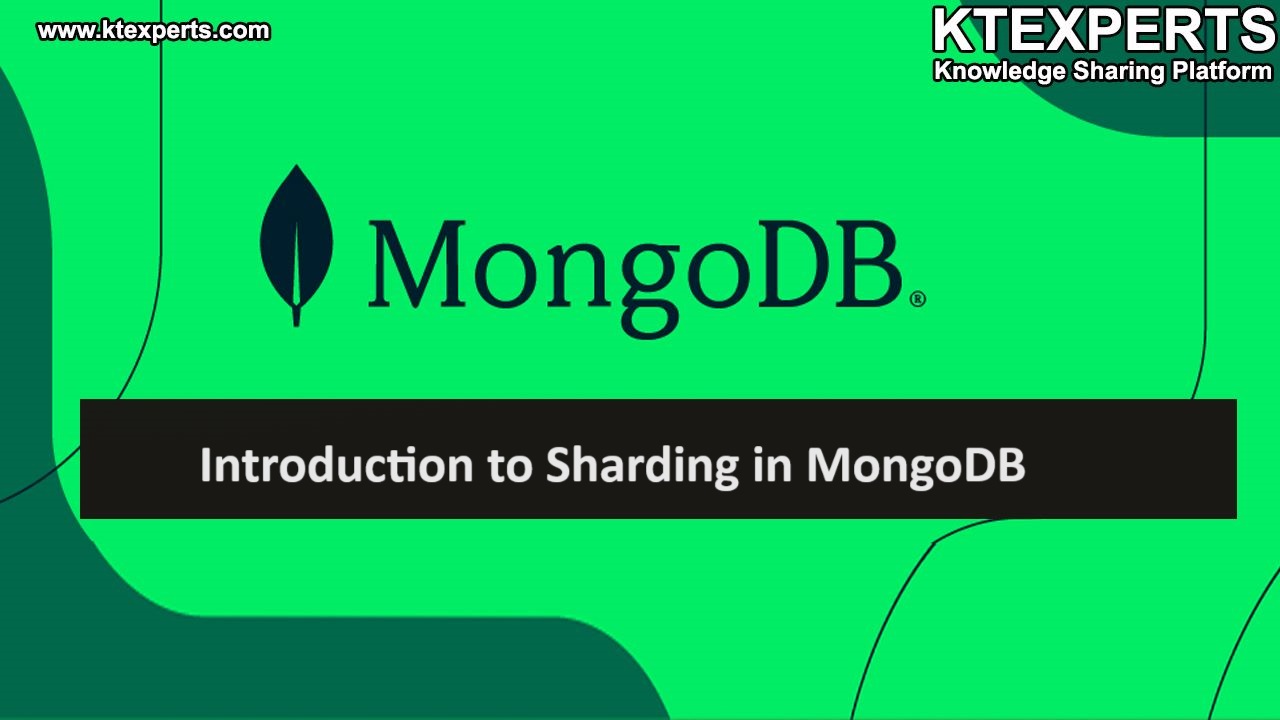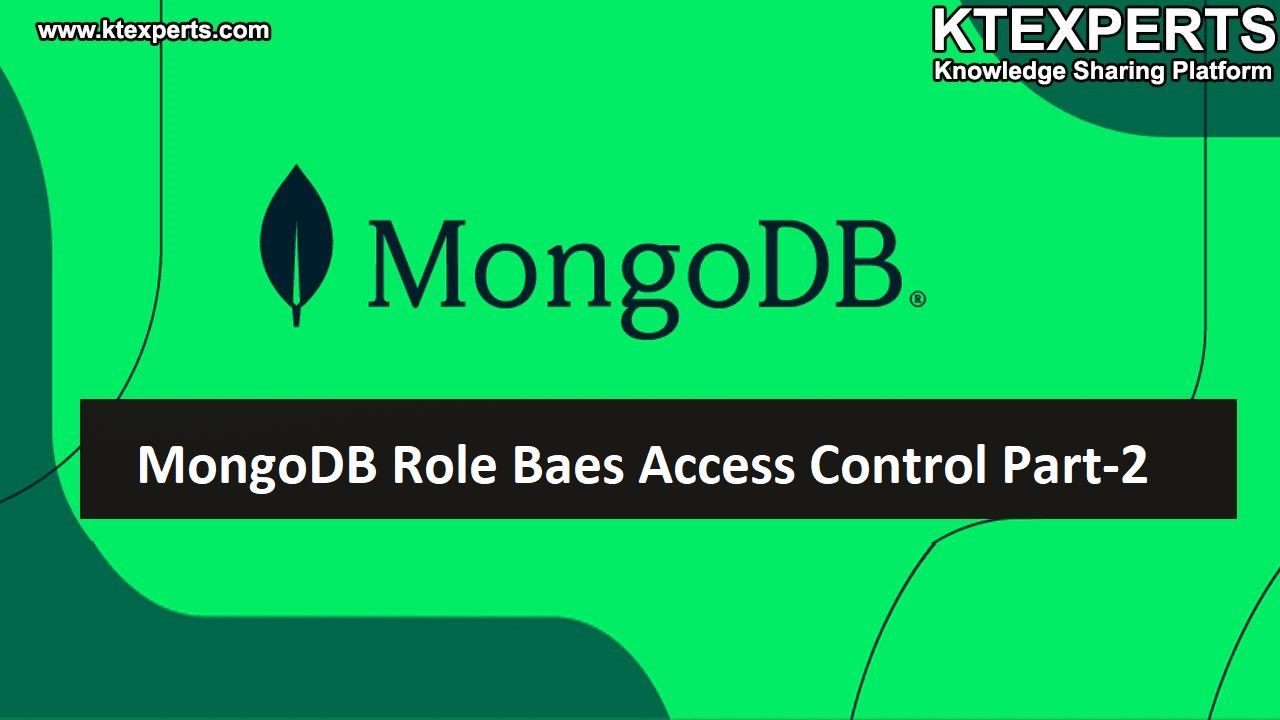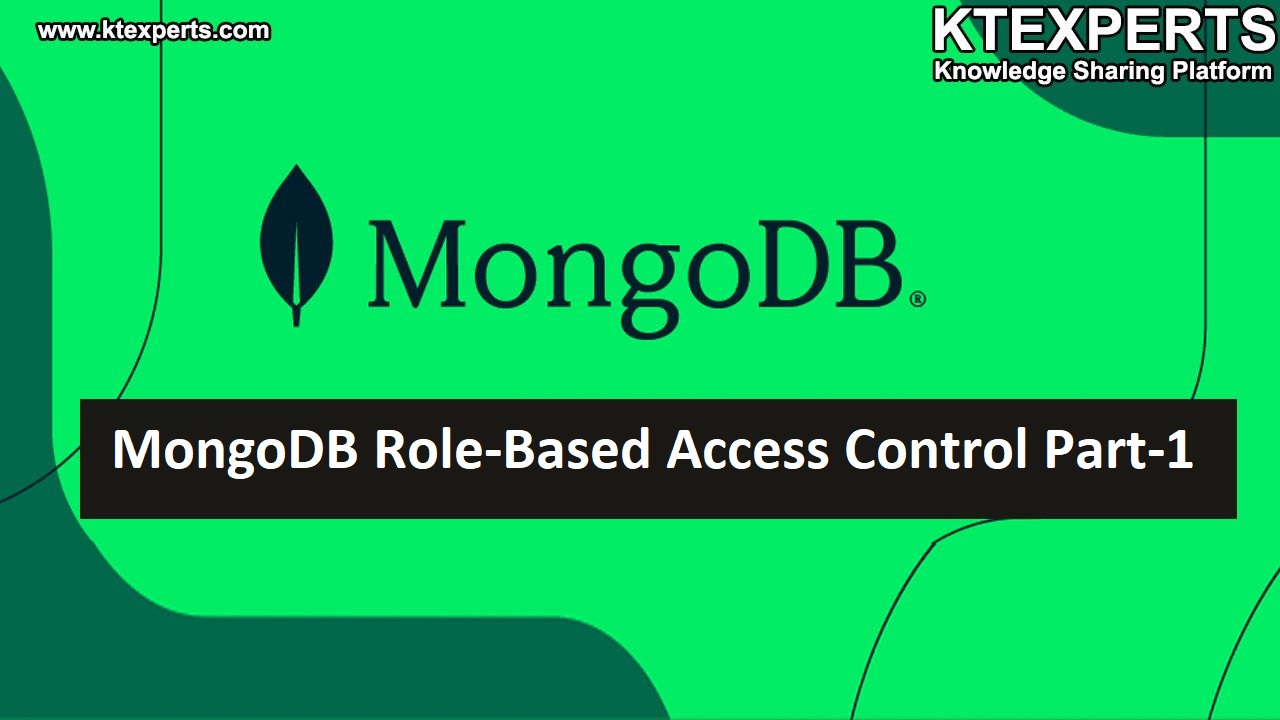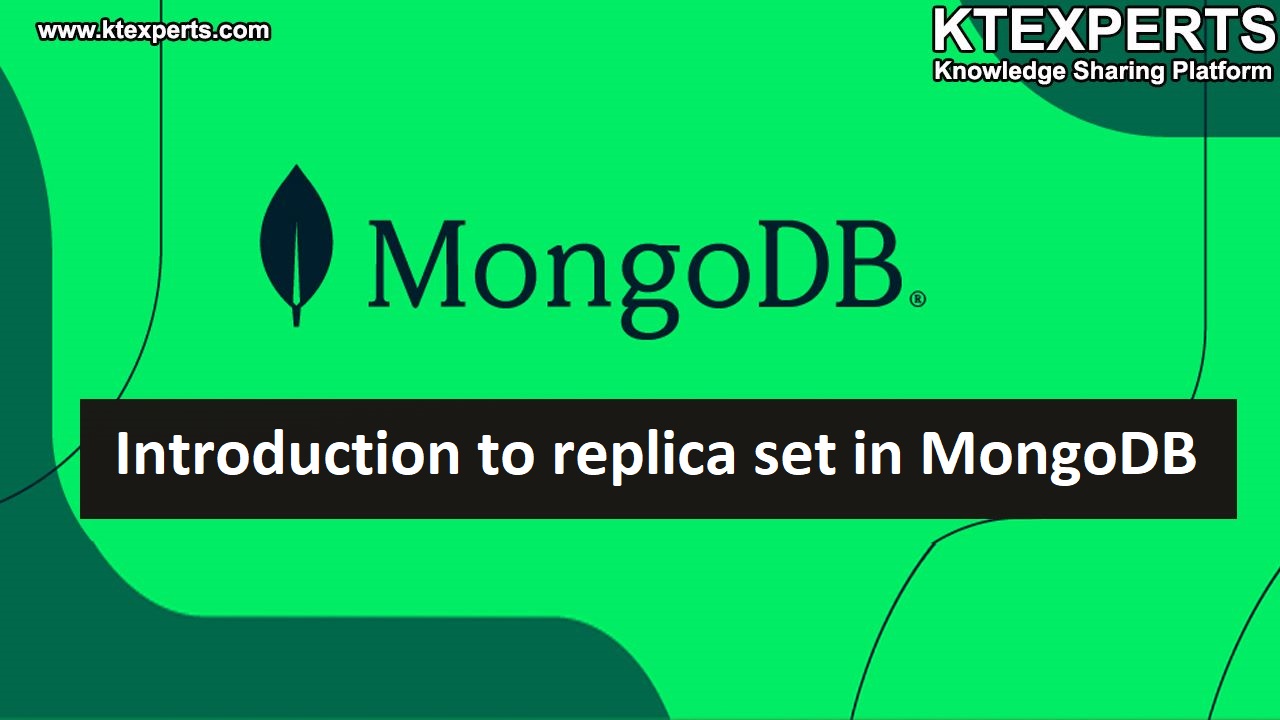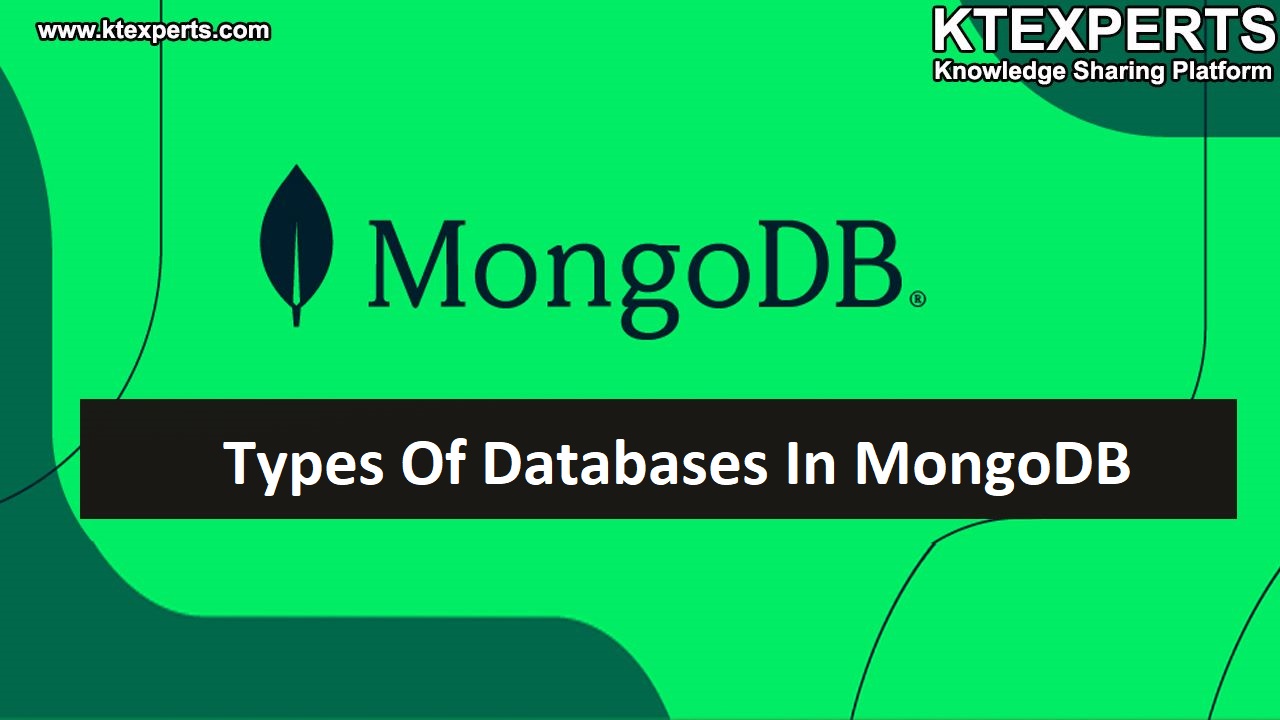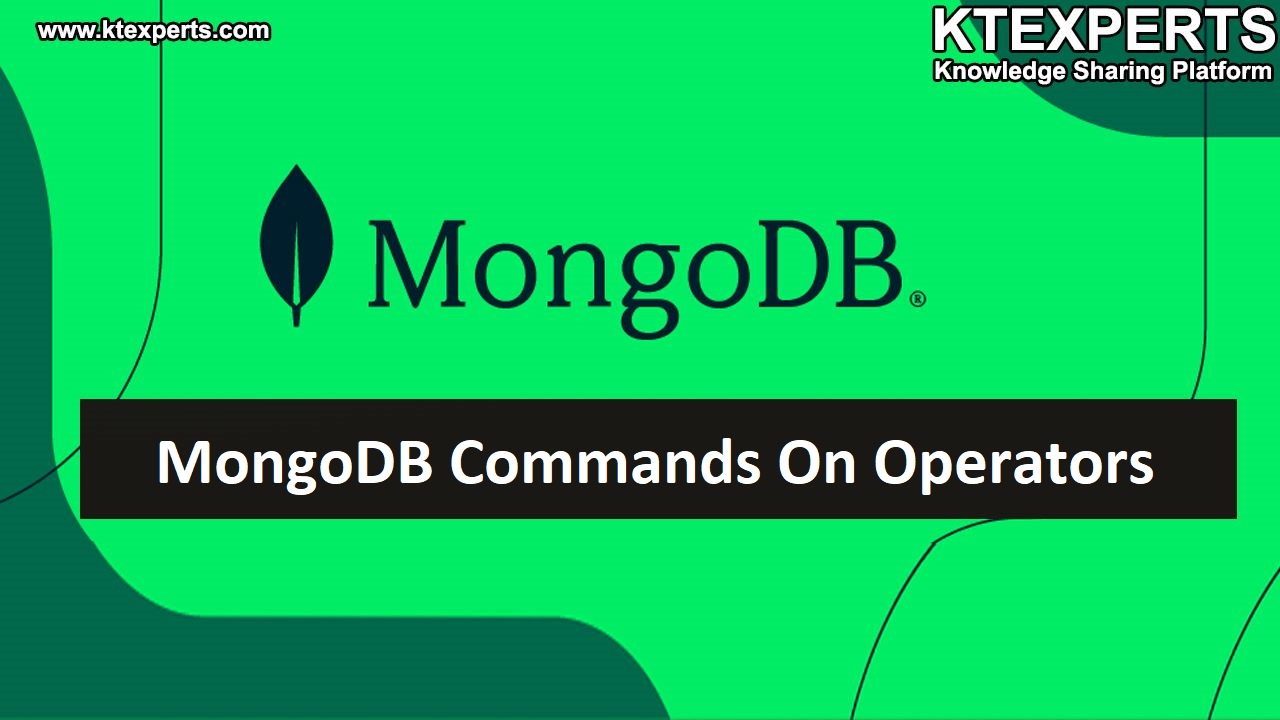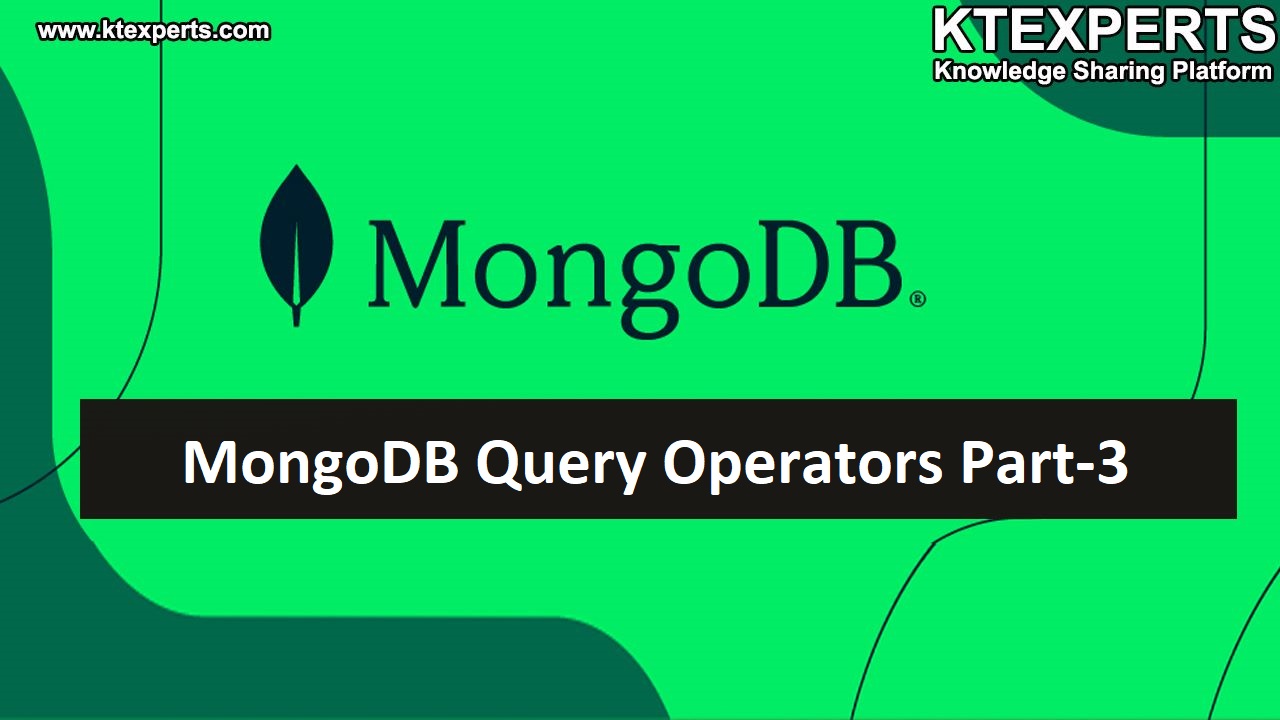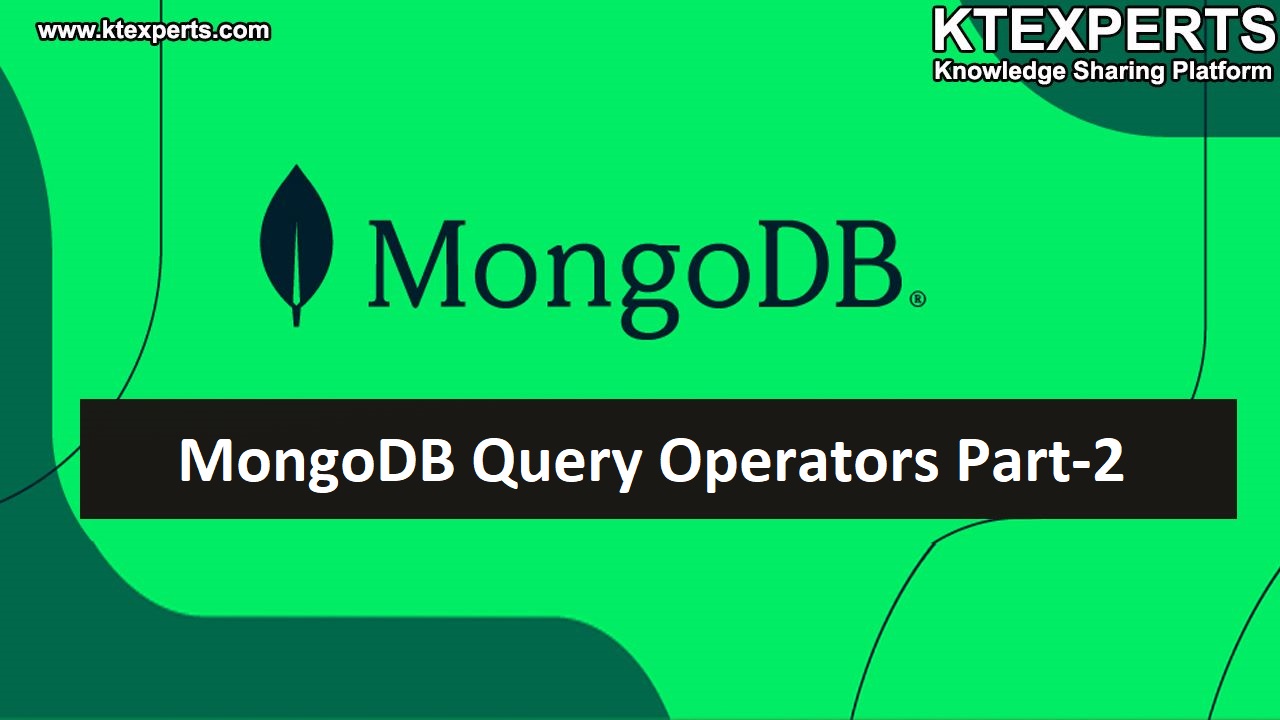Introduction to sharding
Introduction to sharding Sharding: Sharding is a process of distributing the data across multiple machines. The distribution is done based on the specific key called the shard key. This allows MongoDB to handle large datasets and higher read/write operations. MongoDB supports horizontal scaling through Sharding.… Read More

